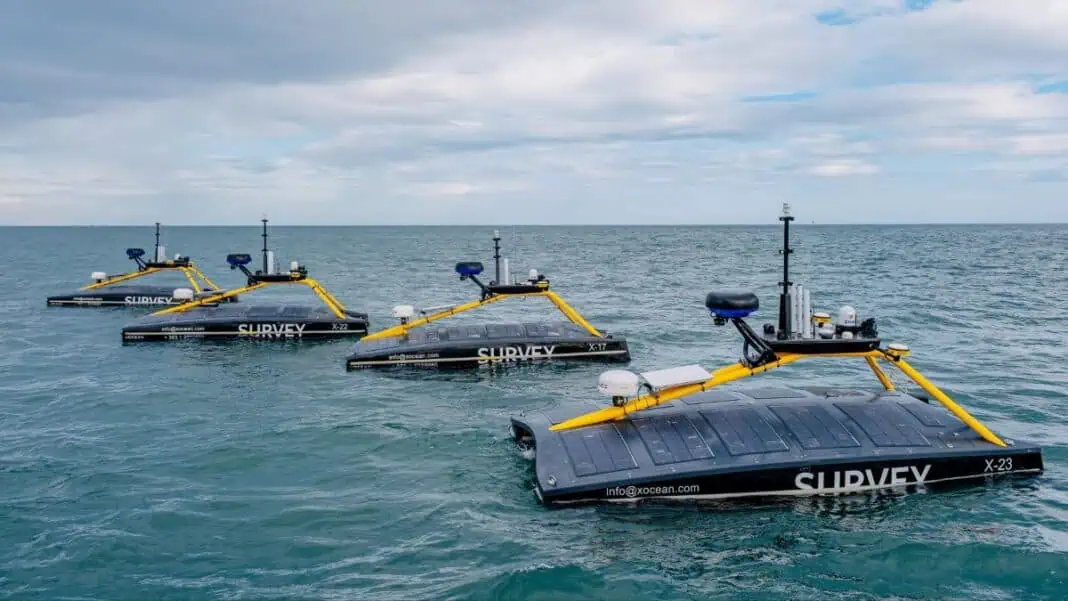XOCEAN has successfully completed a detailed geophysical survey along the 420km export cable route for the proposed Ossian floating offshore wind farm in the North Sea.
Despite facing 11 named storms over a 13 month period, the survey gathered crucial data in water depths ranging from the shoreline to over 100m. This data will support Ossian’s engineering and development teams and Environmental Impact Assessment consultants in identifying viable routes for the offshore export cables.
The survey, conducted using uncrewed survey vessels (USVs), is a significant milestone in the ongoing development of Ossian, which is positioned to become one of the world’s largest floating offshore wind farms.
Ossian is a joint venture between SSE Renewables, Marubeni, and Copenhagen Infrastructure Partners (CIP). Delivery of the project will be subject to securing planning consent, route to market and a final investment decision. Once operational, the offshore wind farm would have a capacity of up to 3.6GW which is enough to be capable of powering up to six million homes annually*.
Ossian engineering manager Laurent Domergue said “The completion of the XOCEAN survey is a huge milestone in progressing towards selection of the most feasible route for our offshore export cables. The campaign has delivered information vital to understanding seabed characteristics, habitats, and the geology of the offshore export cable route, setting out our path for the future.”
The use of USVs allowed for efficient, cost-effective, and sustainable data collection with minimal impact on local habitats and fishing activities.
Kevin Harnett, CRO of XOCEAN said: “XOCEAN are proud to support SSE Renewables, Marubeni, and CIP in capturing high quality geophysical data for the Ossian floating offshore wind farm. The survey has been executed in multiple phases, with up to 6 USVs operating in the North Sea to capture data in a safe, economic and carbon neutral way. Our team worked closely with the Ossian team to optimise each phase of data acquisition, leveraging the flexibility and scalability of our fleet to accelerate data collection and to provide early insights into the seabed characteristics.”
During this collection campaign, the project team coordinated with National Grid Electricity Transmission (NGET) to align their efforts and minimise interference.
This achievement comes shortly after Ossian’s submission of a consent application for its offshore array to the Scottish Government, following three years of extensive consultation and investigation into the project’s 858km² site, located 84km off the Aberdeenshire coast.
* 6,000,000 homes powered per annum based on Typical Domestic Consumption Values (Medium Electricity Profile Class 1, 2,900kWh per household; OFGEM, June 2021), typical 50% projected wind load factor, and projected installed capacity of 3,600MW. ^Quoted 7.5m tonnes of CO2 reductions per annum based on expected annual output against average 440 tonnes CO2 per GWh for all non-renewable fuels, August 2021.












